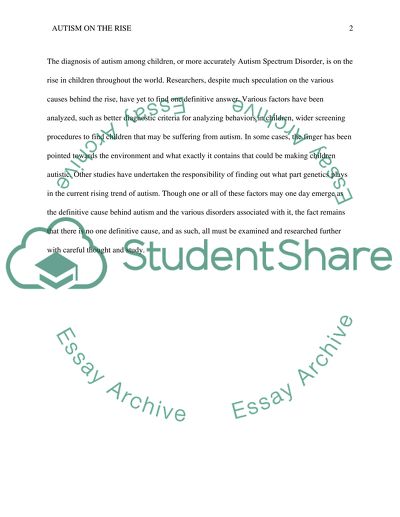Cite this document
(“Why is the Number of Autistic Children Steadily Rising Essay”, n.d.)
Why is the Number of Autistic Children Steadily Rising Essay. Retrieved from https://studentshare.org/health-sciences-medicine/1451170-why-is-the-number-of-autistic-children-steadily
Why is the Number of Autistic Children Steadily Rising Essay. Retrieved from https://studentshare.org/health-sciences-medicine/1451170-why-is-the-number-of-autistic-children-steadily
(Why Is the Number of Autistic Children Steadily Rising Essay)
Why Is the Number of Autistic Children Steadily Rising Essay. https://studentshare.org/health-sciences-medicine/1451170-why-is-the-number-of-autistic-children-steadily.
Why Is the Number of Autistic Children Steadily Rising Essay. https://studentshare.org/health-sciences-medicine/1451170-why-is-the-number-of-autistic-children-steadily.
“Why Is the Number of Autistic Children Steadily Rising Essay”, n.d. https://studentshare.org/health-sciences-medicine/1451170-why-is-the-number-of-autistic-children-steadily.


